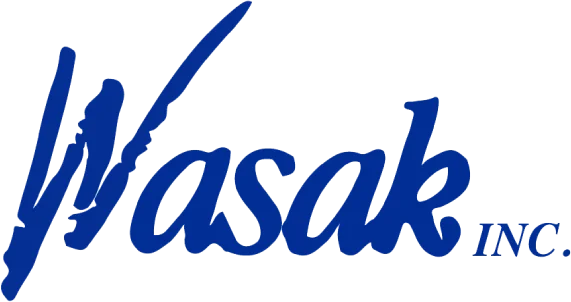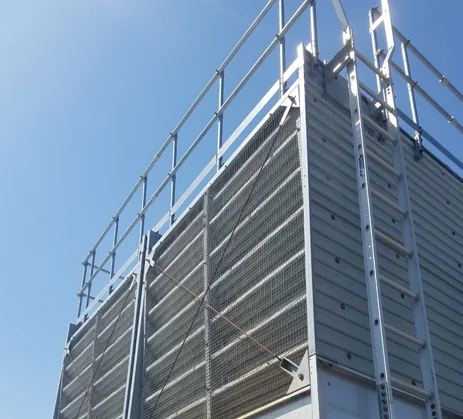
Cooling Water Treatment and Environmental Compliance: Navigating the Regulations
Maintaining optimal water quality is vital in industrial cooling towers. Contaminants such as minerals and impurities can lead to scaling and corrosion, reducing the efficiency of these systems and causing significant equipment damage.
Furthermore, poor water quality and contaminants in cooling tower systems can affect nearby ecosystems, as well as human health. Whether it’s untreated system discharge in a lake or worker exposure to legionella, industrial facilities need to be aware of the risks.
There are many federal and state regulations in place to mitigate these dangers. By enforcing water treatment for cooling towers and environmental regulations, authorities safeguard ecosystems, preserve water resources, and protect public health.
At Wasak, we’re not just committed to ensuring your cooling tower operates at peak performance. Our team is equipped to help your facility navigate the latest regulations regarding health, safety, and environmental protection.
One of the best ways to achieve this is through cutting-edge cooling water treatment and feed monitoring equipment. Let’s talk about why.
The Basics of Water Treatment for Cooling Towers
Modern cooling water treatment procedures involve the application of various chemical and mechanical processes to maintain water quality and prevent serious risks.
When treating a cooling tower, there are usually four main objectives:
1. Preventing Scale
This is typically the primary purpose of cooling tower water treatment services. Scale buildup can dramatically impair heat transfer efficiency and result in expensive equipment damage, making it a big concern for any facility with a cooling tower system.
Scale forms when dissolved minerals in water, such as calcium and magnesium, precipitate out and deposit on heat exchange surfaces like those found in chillers, heat pumps, cooling towers, and heat exchangers. This buildup insulates the heat transfer surfaces, reducing efficiency and increasing energy consumption.
Scale treatment typically involves using water softeners to remove hardness minerals from the water before it enters the system. Scale inhibitors are also added to prevent scale formation by sequestering minerals and keeping them in suspension, thus preserving optimal heat exchange performance and prolonging equipment lifespan.
2. Preventing Corrosion
Corrosion can also lead to equipment degradation, as well as leaks and system failures. Effective cooling water treatment uses corrosion prevention inhibitors to form a protective layer on metal surfaces, preventing direct contact with corrosive elements in the water.
Additionally, most treatment programs focus on maintaining the proper pH level in the system, as extremes in pH can accelerate corrosion processes.
3. Controlling Biological Risks
Managing potential dangers such as Legionella bacteria growth, biofilm formation, and algae is of paramount importance for both public health and the system’s integrity.
Legionella bacteria, in particular, pose a significant health risk when present in cooling systems. They can cause Legionnaires’ disease, a severe form of pneumonia that can result in lung failure and even death if not treated.
Biofilm formation and algae growth also provide breeding grounds for harmful pathogens and contribute to corrosion and fouling. Biological fouling can occur rapidly in cooling systems due to the favorable environment created by warm temperatures and nutrient-rich water.
Proper chemical water treatment for cooling towers should always involve the proper administration of biocides by trained technicians. These work to kill or inhibit the growth of microorganisms, including bacteria, algae, and fungi, thereby preventing biofilm formation and controlling the proliferation of harmful pathogens like Legionella.
4. Reducing Water Consumption
Lastly, cooling water treatment programs should help the system use the least amount of water possible while still maintaining optimal conditions. This helps keep expenses low and ensures industrial facilities get the most out of every water droplet.
But how does all of this play into environmental and health regulations? Good question. First, let’s talk about what modern environmental regulations look like.
Environmental Regulations Overview
The latest regulations related to cooling water treatment aim to minimize pollution and protect water resources.
These impose standards on industrial facilities, such as mandating the control of pollutants discharged from water cooling tower systems (chemicals, heavy metals, and biological contaminants). Some regulations also prescribe limits on the temperature of discharged water to prevent thermal pollution and protect aquatic ecosystems.
For example, in New York State and New York City, there are stringent laws governing the operation and maintenance of cooling towers to ensure environmental compliance. These dictate specific operating conditions, water quality standards, and maintenance requirements for commercial cooling tower systems.
Regardless of their facilities’ locations, industrial companies must work with knowledgeable companies that understand these regulations. This is the best way to ensure adherence to the laws and keep up with any new changes.
Accidentally (or purposefully) falling out of compliance with the latest restrictions can lead to severe penalties and steep fines – which we want to help you avoid.
Impact of Regulations on Cooling Water Treatment Strategies
Changing environmental regulations have significantly impacted cooling tower treatment practices, largely by dictating specific requirements for testing frequency, biocide treatment application, and overall system maintenance.
For instance, some of the latest regulations mandate regular testing for critical parameters such as pH, conductivity, and microbial contamination to assess water quality and identify potential issues. This is something we frequently handle at Wasak.
At the risk of stating the obvious, it’s crucial that industrial facilities maintain the balance between effective water treatment and compliance with environmental standards. Their treatment measures shouldn’t just protect their equipment – they should align with the laws designed to protect our health, environment, and local wildlife.
New York State isn’t the only location cracking down on cooling tower water treatment – other states are considering or implementing similar regulations for cooling tower systems and evaporative condensers. Chances are, if your state hasn’t already updated its regulations, it will soon.
Innovative Solutions for Compliance and Efficiency
The good news is that cooling tower system technologies and practices are advancing alongside the latest environmental regulations.
At Wasak, we dedicate much of our time to helping industrial facilities find water treatment programs that are cost-effective, compliant, and fitting for their cooling tower systems. We even help design custom programs to meet unique or heavy-duty needs.
As we mentioned earlier, we’re not just in the business of keeping cooling towers running. Our team is highly experienced at maintaining compliance and ensuring these systems are safe for human exposure and their surrounding environments.
Need Help Maintaining Compliance? We’re Your Team.
Wasak understands the careful act of balancing effective cooling water treatment with environmental compliance. Our team specializes in advanced treatment solutions and best practices, ensuring that your cooling water systems remain fully compliant with your state and city’s regulatory standards.
Got questions? Ready to explore your options?
Related Blog
-
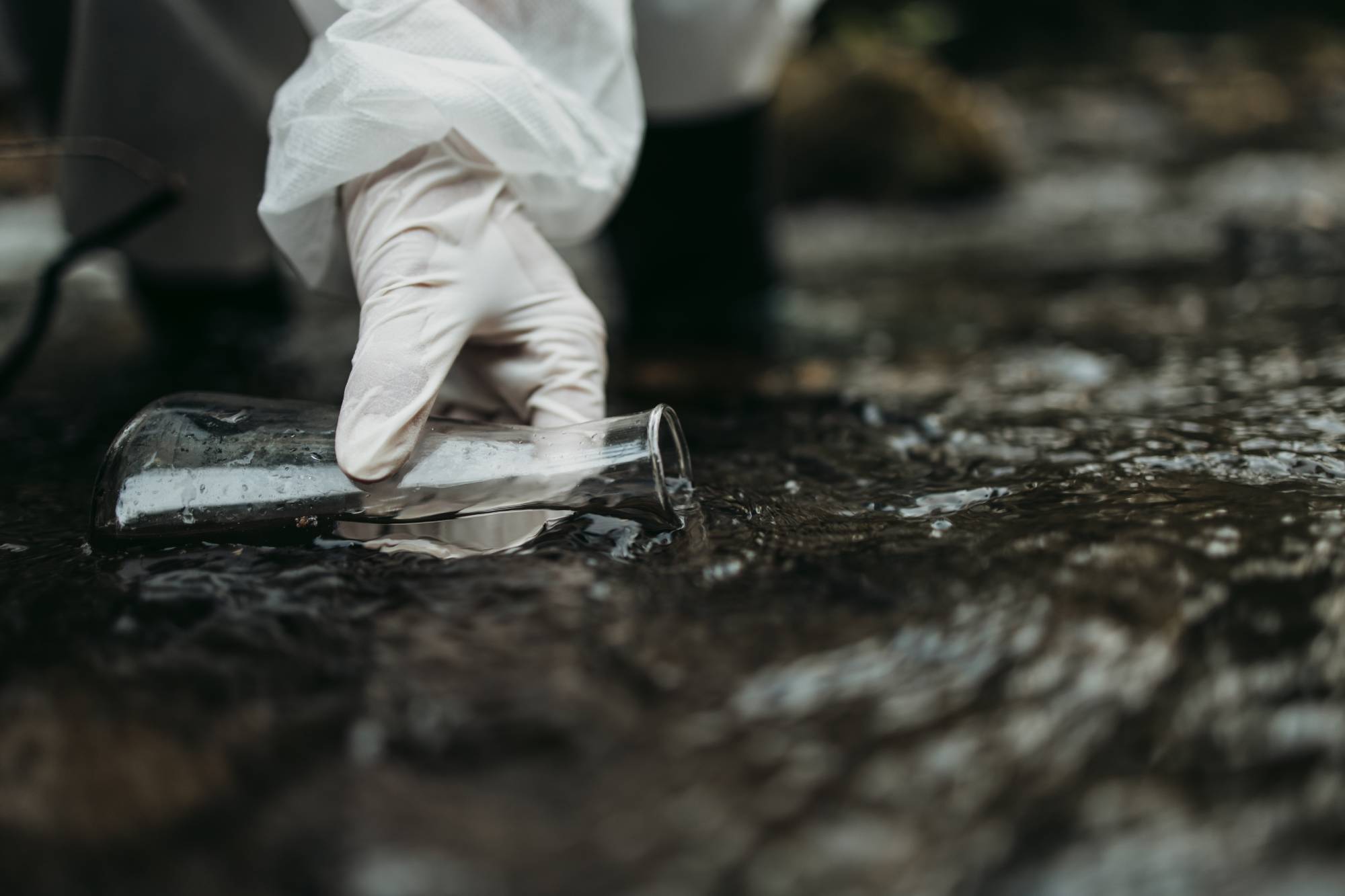
Understanding the Importance of Generalized Water Testing
It’s no secret that water is an essential aspect of our lives. From drinking and cooking to showering and cleaning, water is a vital resource
-
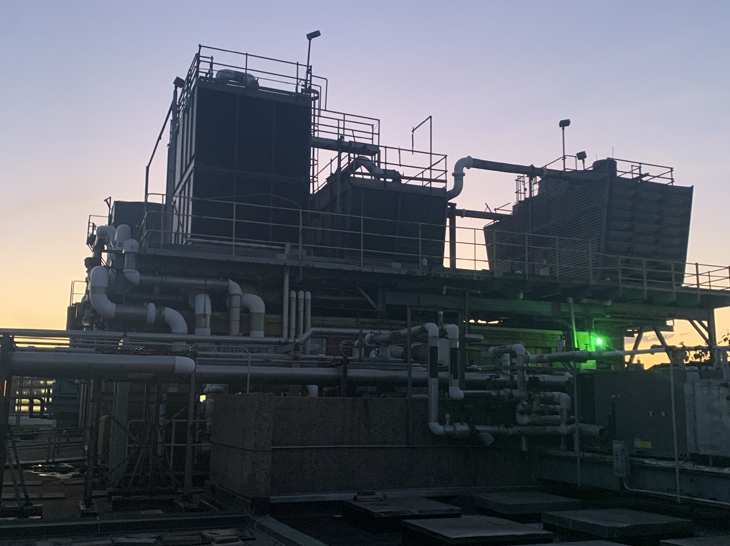
The Importance of Closed and Process Loop Services: Maximizing Efficiency in Industrial Systems
Hydronic heat transfer systems have been the backbone of industrial cooling systems for a long time. But as energy costs rise, industrial cooling systems are
-
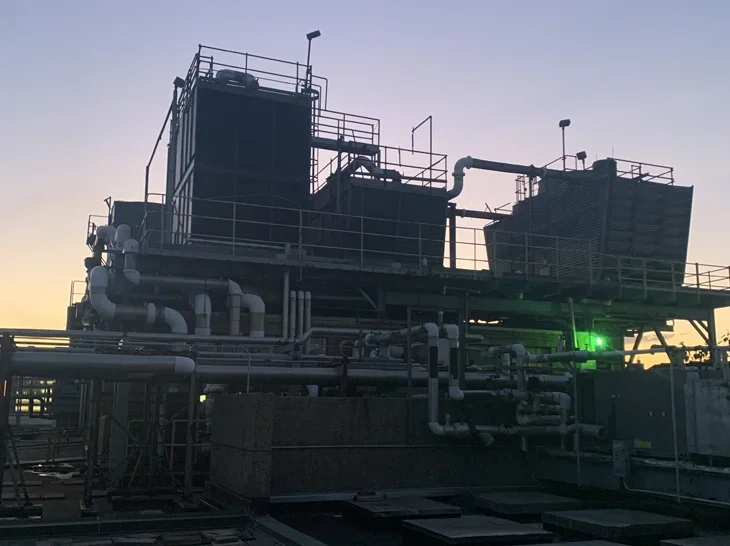
What is the Cooling Tower Water Treatment Program?
Cooling towers are key to many commercial and industrial settings, such as power plants, factories, and manufacturing facilities. They work by cooling water to keep
